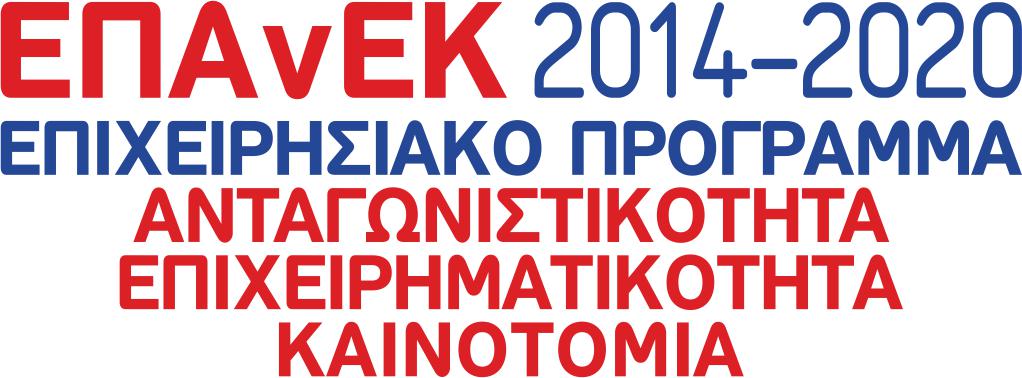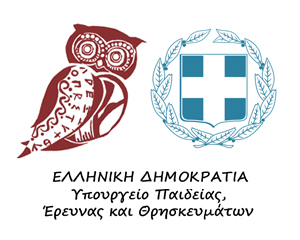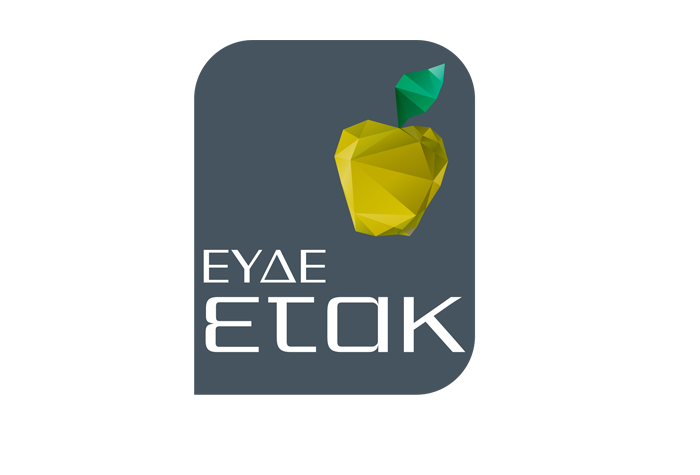- All
- Uncategorized
- Δημοσιεύσεις
Research on the use of supplementary lighting has intensified over the last decade inthe production process of grafted vegetable seedlings…
Research on the use of supplementary lighting has intensified over the last decade in
the production process of grafted vegetable seedlings which could be distinguished in three
stages: A) Growing of seedlings used for scion and rootstock into greenhouse, B) Healing of
grafted seedlings in a growth chamber and C) Growing grafted seedlings into greenhouse.
The aim of the present study was to study the necessity of supplementary lighting during
greenhouse stages during the production process of grafted watermelon seedlings.
Watermelon seedlings used for scion and rootstock as well as grafted seedlings after
healing were grown into greenhouse with or without supplementary lighting (high pressure
sodium lamps) while during healing for 6 days in the growth chamber, fluorescent (FL)
lamps were used. The evaluated parameters were: Shoot length and diameter, shoot and
root fresh and dry weight, leaf thickness, leaf and cotyledon area, relative chlorophyll
content and leaf color. Seedlings used for scion developed thicker stems (+23%) and leaves
(+50%), larger leaves and cotyledons (+220% and +18%, respectively) and greater shoot
and root biomass (+82% and +89%, respectively) when grown under supplementary
lighting. Grafted seedlings exposed to supplementary lighting after the healing chamber had
thicker (+18%) and greener (+42% chlorophyll) leaves as well as greater fresh and dry root
weight (+14% and +18%, respectively) compared to seedlings exposed to natural light.
During the healing in the growth chamber, the relative low percentage of optimum to just
acceptable marketable seedlings wasn’t satisfactory for the production of high quality
grafted watermelon seedlings. It is concluded that supplementary lighting is necessary in
the greenhouse for growing of seedlings used for scion and grafted seedlings while FL
lamps are not as efficient as needed during the healing stage.
Phasellus hendrerit. Pellentesque aliquet nibh nec urna. In nisi neque, aliquet vel, dapibus id, mattis vel, nisi. Sed pretium, ligula…
Vegetable grafting is commonly practiced worldwide because of its benefits, such as
the prevention of biotic and abiotic disorders and the reduction of the use of agrochemical
products. Watermelon (scion) is a valuable crop mainly propagated through grafting onto
squash (rootstock). Important stage of grafting procedure is the choice of high quality scion
and rootstock seedlings to achieve successful healing and fast growth rate. Until now, most
of the seedlings’ quality parameters are characterized as qualitative. The aim of the present
study was to set critical limits of easily determined parameters (quantitative) of
watermelon and squash seedlings produced for the purpose of grafting, in order to classify
them into quality categories. Watermelon and squash seedlings were grown under usual
cultivation practices. Quality categorizing was assisted by experienced personnel and the
categories derived were “lowest not acceptable”, “lowest acceptable”, “optimum”, “highest
acceptable” and “highest not acceptable” for watermelon, and “lowest acceptable”,
“optimum” and “highest acceptable” for squash. For both species seedlings’ height, stem
diameter, leaf and cotyledon area, cotyledon thickness, chlorophyll content, colour (true
leaves and cotyledons), fresh and dry weights of shoots (stem and leaves) and roots, and
root-to-shoot ratio were determined. Characteristics such as height, stem diameter, fresh
and dry weights of shoots and roots, and leaf area proved valuable for the classification of
both species into different quality categories. The aforementioned parameters contribute to
the general appearance of the seedlings, subsequently leading to quality categorization.
Moreover, cotyledon thickness, cotyledon area, chlorophyll content and colour are strong
parameters for the classification of watermelon but weak for squash seedlings. The
objective quality categories could assist the nurseries and growers to produce grafted
watermelon seedlings of high quality.
Keywords: Citrulus lanatus; Cucurbita moschata; nursery; optimal production; marketable
seedlings; quality indicators
Phasellus hendrerit. Pellentesque aliquet nibh nec urna. In nisi neque, aliquet vel, dapibus id, mattis vel, nisi. Sed pretium, ligula…
Watermelon (scion) is an economically important species which is almost entirely
propagated through grafting onto squash rootstocks. Controlled environment
agriculture (CEA) in closed plant cultivation systems (greenhouses and growth
chambers) has been introduced as a means for optimal crop production unaffected by
external environmental conditions and seasons. Therefore, nowadays artificial light
sources such as fluorescent (FL) lamps and light-emitting diodes (LEDs) are
extensively used in CEA. The objective of the present study was to test the response of
watermelon scions and squash rootstocks grown in a growth chamber under FL or
LED. In the growth chamber temperature was set at 22/20 °C (day/night),
photoperiod was set at 16 h and PPFD was maintained at 85 ± 5 μmol m -2 s -1 . Light was
provided by FL lamps or an LED lamp commercially labeled as L20AP67 (11% blue,
26% green, 49% red, 14% far-red; Valoya Oy, Helsinki, Finland). Characteristics
determined for both species were height, stem diameter, leaf and cotyledon area,
chlorophyll content, fresh and dry weights of shoots and roots, root-to-shoot ratio, and
cotyledon colour. In the case of watermelon, L20AP67 enhanced the height (+15%),
stem diameter (+9%), leaf (+328%) and cotyledon (+41%) area, as well as shoot
biomass (+108%) development compared to FL. Squash seedlings grown under
L20AP67 developed more expanded leaf (+120%) and cotyledon (+25%) area, as well
as greater shoot biomass (+41%) compared to FL. For both species, FL led to seedlings
with inferior values in almost all tested parameters, except for the root system which
is completely removed during grafting procedure both in scion and in rootstock
seedlings. The study demonstrates that LEDs employed in growth chambers can
enhance the growth of watermelon scions and squash rootstocks compared to
traditionally used FL lamps, adding an efficient option for fully controlled, high-quality
seedling production.
Keywords: Citrulus lanatus; Cucurbita moschata; vegetable grafting; scion; roostock;
controlled environment agriculture; Light-emitting diodes








